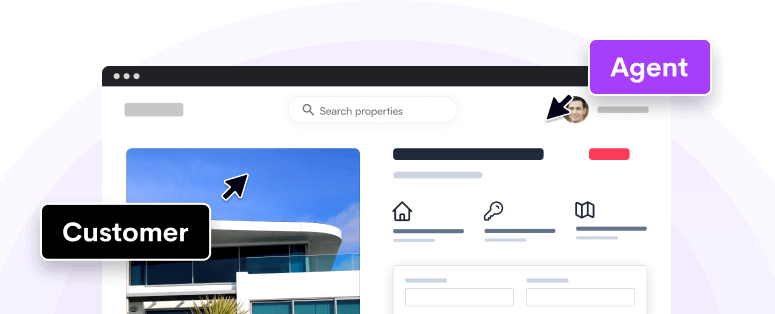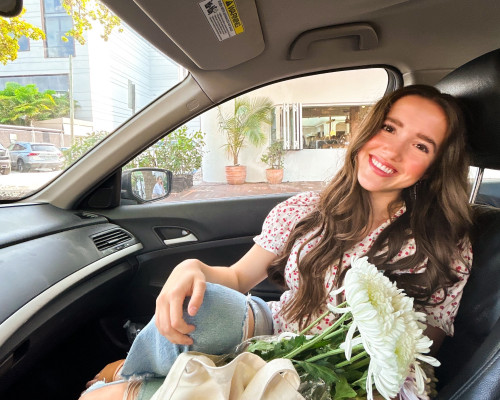Making anything viral requires work. But, is there a secret behind it? Mada
Sadhete takes you through 3 key stages to drive app virality that worked for
her app.
This article is part of the ‘How To Create a Viral Video for Your Boring
Product’ series
by Upscope, a service to effortlessly
guide website visitors from sign up to purchase using modern instant screen
sharing.
1. Referrals/Incentives
Picture onboarding like a mountain: the bottom is where the users who have
never heard of your app are, the journey up the mountain is awareness.
At the top, they are on the verge of installing the app, and installing the
app is jumping off the edge of the mountain.
Referrals help a customer move up the mountain quickly. However, it is never
the only solution for virality.
If the person sending it and the person receiving it get something out of it,
they’re in fact less likely to share it. People would instead share something
with the intention of purely helping someone else.
2. Ego
We are more likely to share things when it reflects the image we have of
ourselves, so having an app that appeals to someone’s ego means they are more
likely to share.
3. Emotion
Interesting topic -> research it -> create content from it.
Awe
Content that has never been seen before.
Anger
Having an opposing view on something can bring about active feelings of anger,
and sharing it with someone else is an expression of the emotion.
Anxiety and fear
Fear of missing out (FOMO), fear of failing, these work because not only are
people scared of missing out on something, but they are likely to share
because they don’t want other people to miss out.
Joy
Happiness is an emotional driver to share, happiness spreads just as laughter
does
Lust
Particularly useful for e-commerce sites. Targetting customers who have shown
interest, gradually exposing them to your product, and using the other two
techniques to get them to buy it.
-END-
My thoughts
Exclusivity can play a major part in making something more appealing and
doesn’t cost anything. It’s alluring because someone knows something you
don’t, someone has seen things that you haven’t. This plays on the emotions of
anxiety, fear, and lust, and once you have been let in on the secret, there’s
joy and awe, with a feeling of importance — playing on people’s ego.
We’d all rather be in on something than on the outside peering in,
companies are aware of this and use it to their advantage.
One of my favourite examples of this is Crif Dogs, a hotdog restaurant in
Brooklyn. From the outside, there’s not really anything distinctive about it,
but once inside, behind a phone box, there’s hidden a bar.
The strange part is that Please Don’t Tell bar has never spent a penny on
advertising, and yet a reservation is one of the most sought after in New
York. It’s the non-secretive secrecy nature and the human need to pass on a
secret that helped the bar gain attention.
Word of mouth is a powerful thing because it relies on the trust between
the person telling and the person listening, and combined with this secrecy,
makes it all the more attractive.
Like the article? See what Josh Elman has to say about product
virality.






